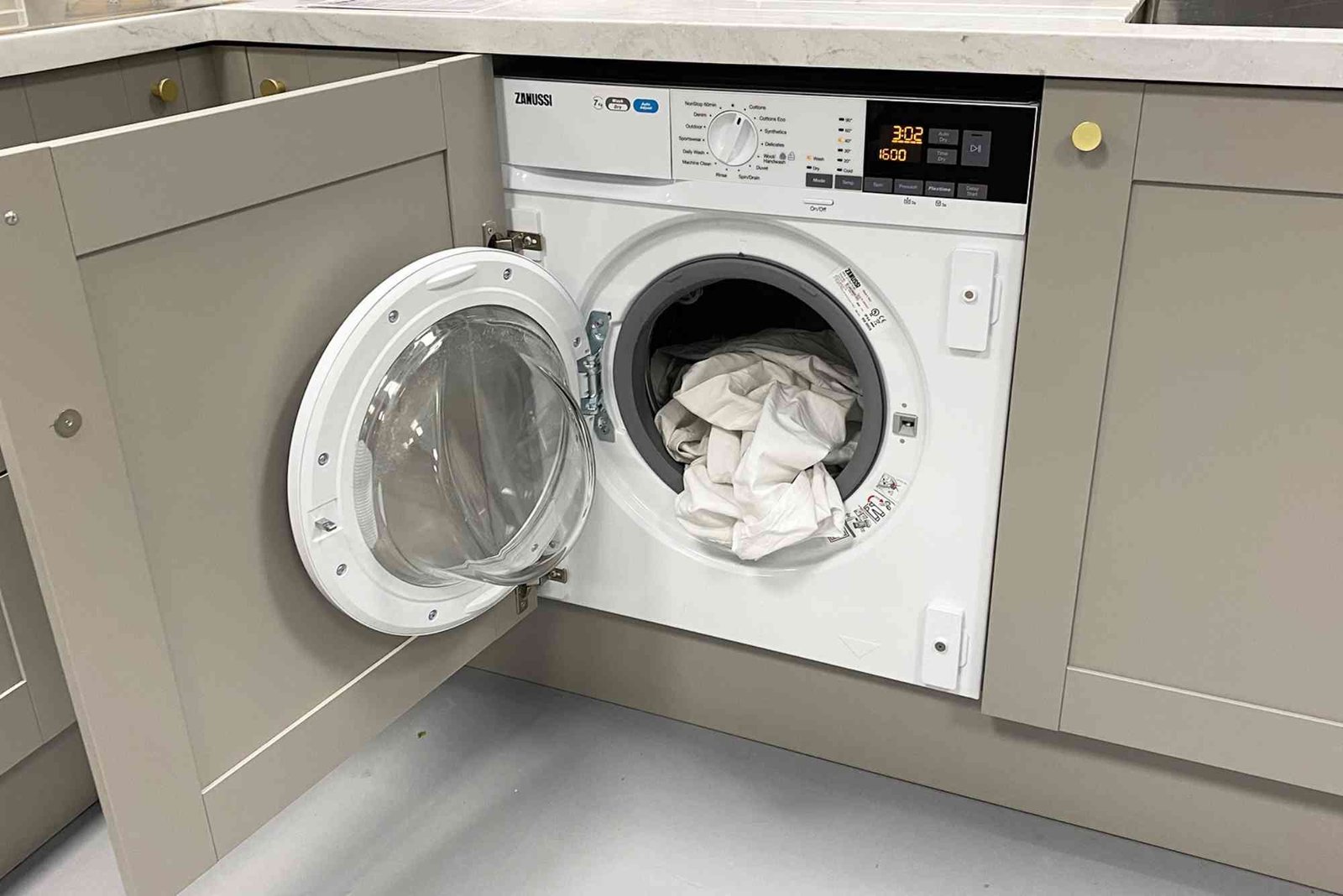Benign Prostatic Hyperplasia (BPH) is a common condition among aging men, leading to an enlarged prostate and urinary difficulties. Many individuals facing this condition wonder whether surgery is necessary or if alternative treatment options can help manage symptoms effectively. While surgery is an option, it is not always the first line of treatment. The choice depends on factors like symptom severity, response to medications, and overall health.
Understanding BPH and Its Impact on Health
BPH occurs when the prostate gland enlarges, pressing against the urethra and causing urinary issues. Symptoms include frequent urination, weak urine flow, difficulty starting urination, and the feeling of incomplete bladder emptying. If left untreated, BPH can lead to complications such as urinary retention, bladder stones, and kidney damage. For more information on BPH Disease and its effects, refer to expert medical resources.
Non-Surgical Treatments for BPH
Many men with mild to moderate BPH symptoms find relief through non-surgical treatments, which include lifestyle modifications, medications, and minimally invasive procedures.
Lifestyle Changes and Natural Remedies
- Dietary Adjustments: Reducing caffeine and alcohol intake helps alleviate urinary symptoms.
- Physical Activity: Regular exercise can prevent BPH from worsening.
- Bladder Training: Practicing delayed urination techniques may improve bladder control.
Medications for BPH Management
- Alpha-Blockers: These drugs relax prostate muscles, improving urine flow.
- 5-Alpha Reductase Inhibitors: These medications shrink the prostate over time.
- Combination Therapy: Some men benefit from using both types of medications for better symptom relief.
Minimally Invasive Procedures
For those who do not respond well to medications but want to avoid major surgery, several minimally invasive procedures are available:
- Transurethral Microwave Therapy (TUMT): Uses heat to shrink prostate tissue.
- UroLift System: A permanent implant that lifts and holds prostate tissue away from the urethra.
- Water Vapor Therapy: Steam treatment that destroys excess prostate tissue.
These options provide effective relief with shorter recovery times compared to surgery.
When Is Surgery Necessary for BPH?
Surgical intervention is recommended for men with severe symptoms that do not improve with medication or less invasive treatments. Surgery may be necessary if a patient experiences:
- Persistent urinary retention
- Frequent urinary tract infections due to BPH
- Bladder stones or kidney damage caused by an enlarged prostate
- Significant impact on daily life due to urinary difficulties
Surgical procedures vary in invasiveness and effectiveness. The most common ones include:
Transurethral Resection of the Prostate (TURP)
TURP is a widely used procedure where excess prostate tissue is removed using an instrument inserted through the urethra. It provides lasting relief but may have side effects such as temporary incontinence or sexual dysfunction.
Laser Therapy
Laser treatments, such as GreenLight laser therapy, vaporize prostate tissue to restore normal urine flow. This method is less invasive and has a quicker recovery time than TURP.
Open Prostatectomy
For extremely large prostates, open surgery may be required. This procedure involves removing prostate tissue through an abdominal incision. Although highly effective, recovery is longer compared to other surgical options.
Exploring Advanced Treatment Options
Modern medical advancements offer new hope for managing BPH benign prostatic hyperplasia with innovative techniques like robotic-assisted surgery and newer drug therapies. These emerging treatments aim to minimize side effects while maximizing symptom relief.
Choosing the Right Treatment for BPH
Deciding whether surgery is necessary depends on individual health conditions, symptom severity, and treatment goals. Consulting a healthcare professional is essential for determining the best approach. Factors to consider include:
- Effectiveness of Non-Surgical Treatments: If lifestyle changes and medications provide relief, surgery may not be needed.
- Overall Health Condition: Patients with underlying health issues may prefer less invasive procedures.
- Long-Term Outcomes: Some treatments offer quick symptom relief but may require follow-ups or repeat procedures.
For more health-related insights, visit Ducky Info, where you can find valuable articles on various medical topics, wellness tips, and the latest healthcare advancements.




